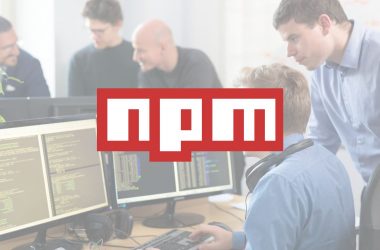Introduction
Kubernetes has made a huge impact on the way DevOps teams work. It has simplified many tasks and increased reliability in cluster environments. In this course, you’ll learn how to use a variety of kubernetes features such as config files, logs, sidecar containers, labels, and vscode plugins. This will be a great opportunity for anyone interested in getting into development to learn about some useful tools that can help them in their careers!
Dockerfile
Dockerfile is the most basic part of a docker image, it’s also the only thing that is needed to build a docker image. It contains all the commands that are needed to build an image. These commands are executed in order, so they should be written in such a way that they don’t depend on each other.
Yaml config files
Yaml config files are used to describe the Kubernetes objects and the Kubernetes resources. They are written in YAML, which stands for “YAML Ain’t Markup Language”. Yaml is a human-readable data serialization standard that’s easy to read and write, but also easy to parse by computers.
ADVERTISEMENT
The following example shows how you can define an application with multiple containers running on one worker node:
app:
image: nginx:1.11
ports: - "80:"containerPort" labels: name : nginx env : prod
Log
Logging is a vital part of developing and maintaining software. Without it, you’ll have no way to know what’s happening with your applications or servers. This can lead to unexpected downtime, security issues, and even downtime that hits the entire organization if there isn’t a proper logging strategy in place.
In Kubernetes, logging is implemented via the Fluentd DaemonSet which runs on every node within a cluster. The default log level for the Fluentd DaemonSet is info but this means that only basic information will be written out by default—not enough to help you understand what exactly happened when something went wrong with one of your containers.
ADVERTISEMENT
Sidecar containers
Sidecar containers are used for service discovery and registration. They provide a standardized way to get information about services, such as the ports that are exposed by each service, as well as their IP addresses.
Sidecar containers are also responsible for routing requests to the appropriate pods (the lightweight virtual machines that run your microservices), and monitoring these services with metrics. Finally, they can handle load balancing across different pods in an automated fashion.
Labels
Labels are a key component of Kubernetes. They are used to add metadata to pods, services and other objects in the Kubernetes cluster. In this way they allow you to select objects that have specific properties or characteristics.
ADVERTISEMENT
VScode plugins
VSCode plugins are a great way to enhance your productivity and make it easier to work with different languages. For example, if you’re working on a project in Golang and want to add autocomplete for variables, import statements, and other code snippets you can install the Go plugin for VSCode. This will make it easier for you to use these features without having to scroll through long lists of documentation or copy-and-paste code into your editor.
Another useful feature is debugging—this allows you to see how your application works as it executes which can help identify issues that may be impacting its performance or stability.
Debugging is built right into Visual Studio Code so there's no need for any additional software beyond what comes with the editor itself!
This course is the best way to learn kubernetes
This is a must-have for anyone who wants to learn the best Kubernetes course. The instructor is full of energy, enthusiasm, and knowledge. He’s got a great sense of humor that keeps the lessons lighthearted while still being informative and educational. I highly recommend it!
Conclusion
Kubernetes is a powerful tool that will help you deploy your code in production.
Docker makes it easy, but Kubernetes takes it to the next level and adds many more features to run your application at scale. It allows you to get started with the basics of Kubernetes, so there is no reason why you should not try using Kubernetes in your daily workflows today!








